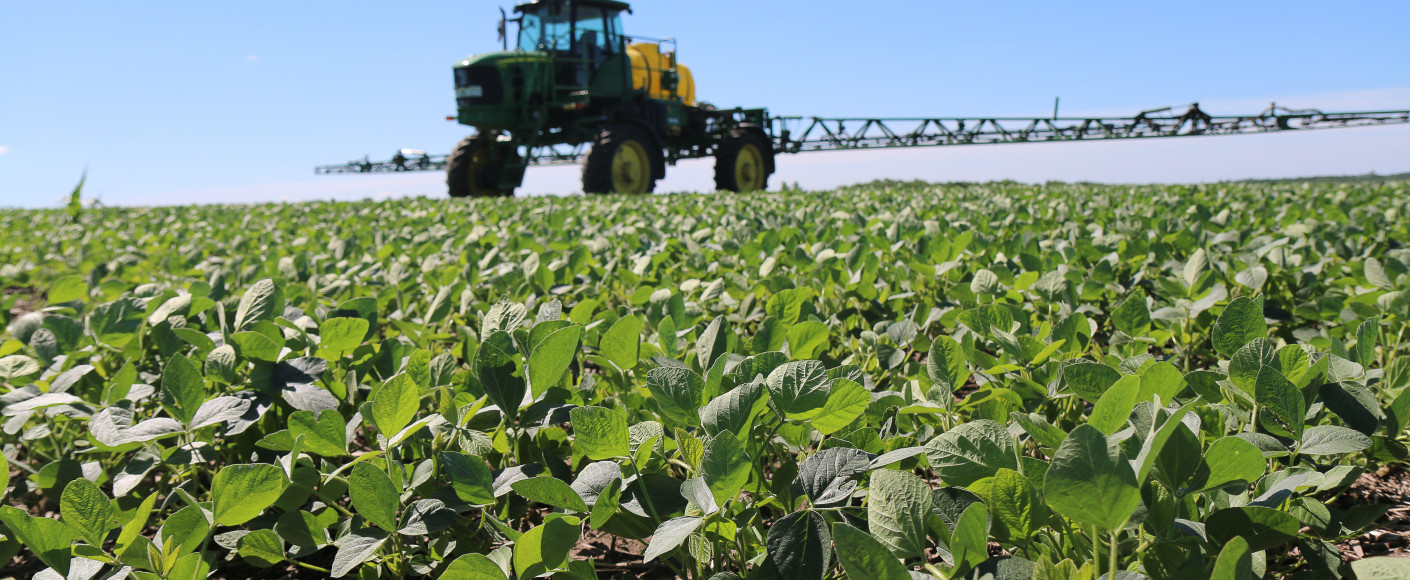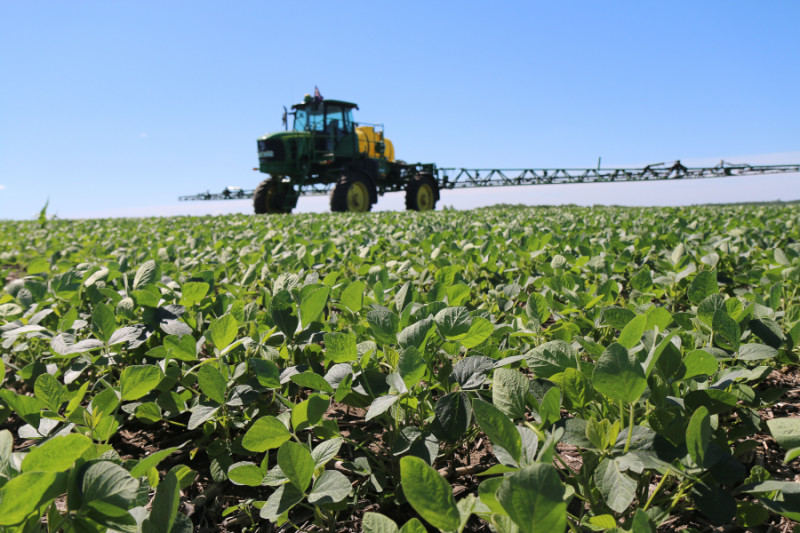Fertilizer and Your Food
What is fertilizer? What does it do? Is it safe to use? Does it affect the food we eat? As people learn more about how their food is grown (hooray!), they naturally start to dig deeper and ask questions. (We love that!) Fertilizer is one of the topics people are curious about and sometimes worry about because it’s made of chemicals.
Chemicals. That sounds kind of scary, right? Here’s the thing: Everything is made of chemicals. A chemical in and of itself is not a bad thing. Remember those natural building blocks called elements we learned about in high school? Things like oxygen and carbon? They’re chemicals.
Fertilizers use chemicals that come from elements found in nature — in soil, water and even air. So, if they’re already found in nature, why do farmers need to apply more? It’s because these elements are not always accessible naturally.
Think of the vitamins we take. They come in different forms — pills, oils, dissolving tablets — because our bodies absorb different vitamins in different ways. For example, vitamin B12 is difficult for humans to process in pill form but our bodies can absorb and use it better when we take it as a dissolving tablet.
Similarly, the nutrients found in fertilizers are developed so they can be used efficiently by crops. And fertilizers consist of varying mixtures of chemicals to help feed plants, so they in turn can feed us.
Three of the most common elements in fertilizers are nitrogen, phosphorus and potassium.
- Nitrogen: Nitrogen helps plants form protein so they can grow. If you’ve ever gardened, you know not all plants are as robust as you might like and these plants won’t grow very well. (Ever had a sad-looking tomato plant grow a beautiful, ripe tomato? Probably not.) Nitrogen helps strengthen plants. This element is naturally found in the air — about 78 percent of the earth’s atmosphere is nitrogen. However, plants can’t use it in this form, so they must get it from another source. If it’s not readily available in the soil, farmers can apply fertilizer to supply nitrogen to plants.
- Phosphorus: Phosphorus helps plants properly store and use energy during photosynthesis (another high school science throwback!). It helps plants form strong root systems — another key to growth. Phosphorus comes from phosphate rock, which is mined and incorporated into fertilizers to make it accessible to plants.
- Potassium: Potassium acts like an immune booster for plants, helping them resist disease and tolerate different weather conditions. (Kansas certainly has plenty of crazy weather and temperature fluctuations!) Potassium helps plants withstand some of the more extreme conditions they face. And, it can help food stay fresh longer. It’s found in potash, which is a type of salt.
Fertilizers that contain all three of these elements are called complete fertilizers. Although nitrogen, phosphorus and potassium are the main nutrients, some fertilizers contain other macro- and micronutrients. Similar to how we take multivitamins or eat a balanced diet to stay healthy, fertilizers ensure plants have the nutrients they need to flourish.
Sometimes these additional nutrients are passed to the food that’s produced from the plants. This has been a huge help in parts of the world where research shows that certain nutrients like zinc can work with nitrogen, potassium and phosphorus to fortify various crops like rice to help fight hunger and malnutrition. Sort of like a puzzle, fertilizers can fill in the missing nutritional pieces.
Another reason farmers apply fertilizer is to increase yield, which is the amount of harvestable food a crop produces. Yield is important because as the world’s population increases (it’s projected to reach nine billion people before 2050), farmers need to be able to feed all those people.
Yield is also important from a sustainability perspective. In farming, sustainability applies to several aspects of the agricultural profession. There’s environmental sustainability — making sure the land is healthy so it can continue to grow crops and provide food — and business sustainability — making sure the farming operation remains profitable so the farm can continue to grow food.
Fertilizers help on both fronts by keeping soil healthy and improving a farm’s ability to grow more food and stay in business.
Companies that specialize in making fertilizers harvest nutrients from natural sources and develop them in a way that plants can absorb them. There’s a lot more science that goes into this. (We’ll spare you the complex factors like pH levels, bioavailability and micronutrient combinations!) The bottom line is experts at many levels work to ensure a safe and healthy food supply.
So, the next time you sit down for a snack or family meal, think of the fertilizers behind the nutritious, plentiful food on your table. Fertilizers are an important piece of the farm-to-table experience.
And if you want some family-friendly recipe ideas, check out these recipe cards from the Nutrients for Life Foundation.





